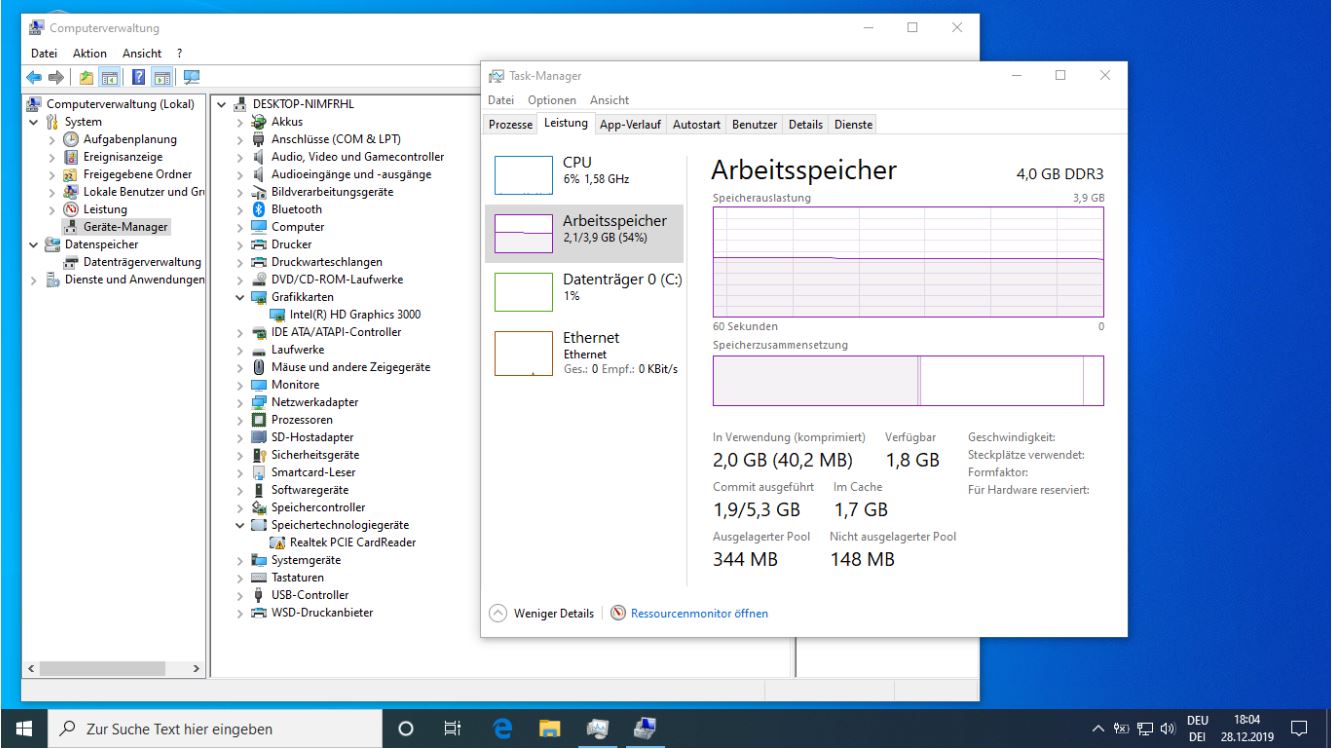Vor einiger Zeit bin ich auf diesen Fehler bei der Eingabe der Pre-Boot-Authentifizierung eines Laptops gestoßen: „Die Anzahl der zulässigen Versuche ist beschränkt“. Nur der Wiederherstellungsschlüssel für die Bitlocker-Laufwerksverschlüsselung half weiter.
Nach weiteren Recherchen im Netz bin ich auf diese Seite gestoßen: https://technet.microsoft.com/de-de/library/dd851452(v=ws.11).aspx
Bei „Understanding TPM Protection Mechanism“ schreibt Microsoft, dass „… Some TPM chips may not store failed attempts over time. Other TPM chips may store every failed attempt indefinitely…“
Es hängt also von den TPM-Modulen ab, die sich die fehlerhaften Anmeldeversuche merken, oder eben nicht. Hier: Fujitsu Lifebook E-Klasse aus ca. 2016, TPM-Hersteller IFX, Herstellerversion 5.51.2098.2, Spezifikation 2.0.
Nicht glaubhaft verifizierte Aussagen im Netz sagten, dass 32 fehlerhafte Anmeldeversuche über die gesamte Lebensdauer obige Meldung erscheinen lassen. Dabei habe ich die Platte entschlüsselt, verschlüsselt, mittlerweile das aktuelle Halbjahresupdate installiert (21H2)… es half nichts: nach einen oder zwei fehlerfreien Anmeldungen der bereits neu verschlüsselten SSD-Platte: obige Meldung.
Microsoft schreibt weiter in diesem Artikel: bitte TPM zurücksetzen.
Achtung: Sichern Sie alle Daten auf dem betroffenen Laufwerk vorab; ich übernehme keine Haftung für entstandene Schäden.
Also los, Start von tmp.msc, dann rechts bei „Aktionen“ TMP löschen; es wird ein Neustart durchgeführt. TPM meldete sich mit einem Wizzard in der Pre-Boot-Phase: „PHYSICAL PRESENCE SCREEN. TPM configuration change was requested to State: Clear. WARNING!!! Clearing erases information stored on the TPM. You will lose all created keys and access to data encrypted by these keys.“ Wizzard bietet YES oder NO an. Ich mache dann YES. Es wird ein nochmaligr Neustart durchgeführt und erstmalig Windows ohne weiteres Zutun angemeldet. Ich unternehme einen nochmaligen Neustart; die Eingabemaske erscheint wieder wie gewphnt.
TPM speichert für die Verschlüsselung mit Bitlocker keine relevanten Daten für die Entschlüsselung. TPM verwirbelt vielmehr mit Algorithmen die zu verschlüsselnden Daten weiter.
Mehrere bewusste Falscheingaben in der Pre-Boot-Phase und diverse Neustarts konnten den Fehler nicht mehr reproduzieren. Bisher hat der Reset des Zählers funktioniert.

